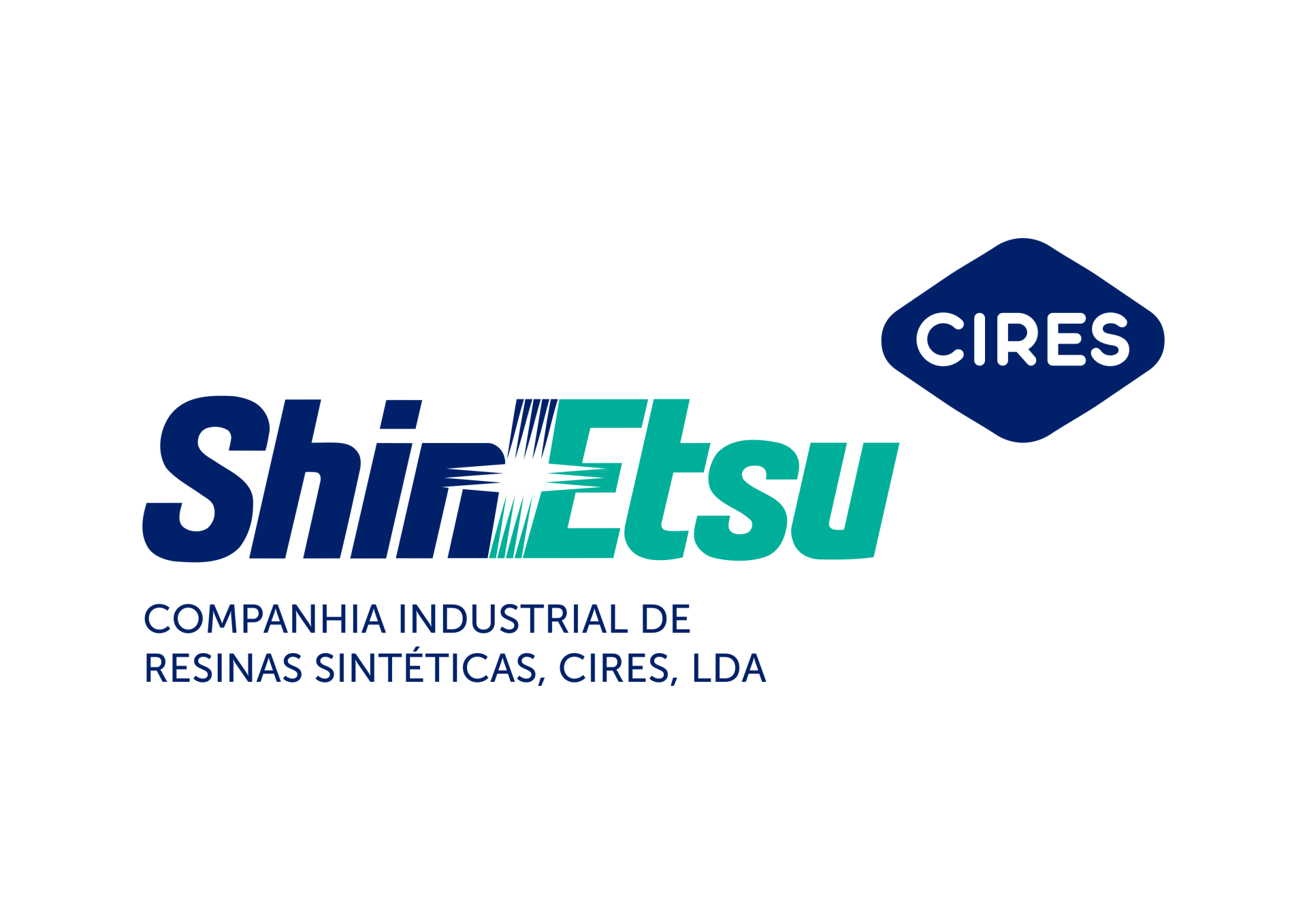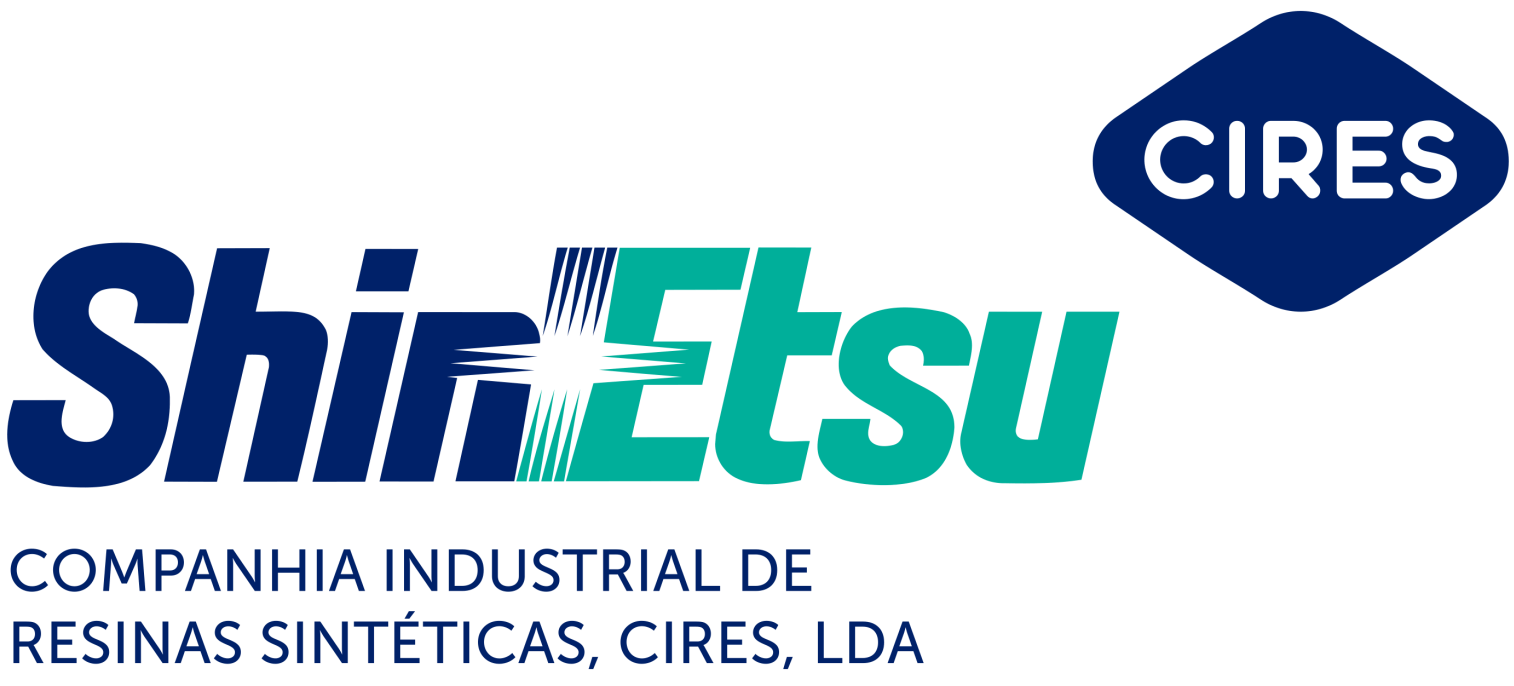PVC
A sustainable material
PVC is one of the most used thermoplastic polymers in the world in the manufacture of materials and products essential to human development:
Piping for liquids, panels and profiles for shutters and windows, protection of electrical cables, waterproofing and insulation screens, manufacture of synthetic leather, wallpapers, blister packs for the food and pharmaceutical industry, flexible bags for storing blood and others medical products, fishing buoys, toys, vinyl carpet, components for the automotive industry, among many others.
The main applications are for the construction sector, which contributes with more than 65% of world demand.
Facts about PVC
1. PVC, being one of the most used plastics, can be considered “low carbon”, as 57% of its mass is chlorine from common salt. Its manufacturing process consumes less primary energy than most other plastics.
2. Due to its low weight, durability, stability and physical properties, its use allows significant reductions in energy consumption.
3. PVC pipes and pipes, for example, are extremely durable, performing excellently over time, with minimal losses, using about 49% less energy than pipes in traditional materials. Also, in window applications (with Energy Certificate A) and roofs or waterproofing screens, the lowest cost of application and maintenance has been demonstrated, as well as greater thermal and acoustic insulation and, therefore, greater levels of comfort inside the dwellings.
4. PVC is safely used in various medical applications and food packaging.
5. Its performance as a material and its recyclability, in constant evolution and improvement, results in a very positive life cycle analysis, fully integrated into the framework of the circular economy and the construction of a sustainable future.




